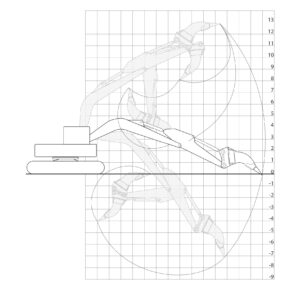
With the acceleration of the development of robotic production tools, the ability to manufacture on-site, outside the walls of factories and closed laboratories, has also evolved. This capability makes it possible to tailor digital fabrication to a specific site, location and material. In light of this, capabilities such as 3D Printing can now be expanded to wider scale. This ability comes in an era when the ecological footprint of architecture on earth is most significant than it has ever been. In this era, we are committed to redefining architectural practice in relation to the environment and in light of our new tools. The role of our architectural generation is to offer new forms and systems of thinking and practice to meet these environmental challenges.
The seminar discusses the relationship between advanced production methods, architecture and environment. It includes a review of digital production methods, robotic architecture architecture, large-scale digital fabrication, automation in construction, as well as environmental and material aspects of site-specific production. It includes lectures, theoretical discussions, investigations of historic construction machines and personal and the development of conceptual, task-based tools for sensible architectural construction and shaping of environments.
Instructors: Karen Lee Bar-Sinai, Ryan Pourati, Tom Shaked
Spring 2020 | Segoe Building – MTRL, Architecture & Urban Building Ground Floor
Academic Calendar

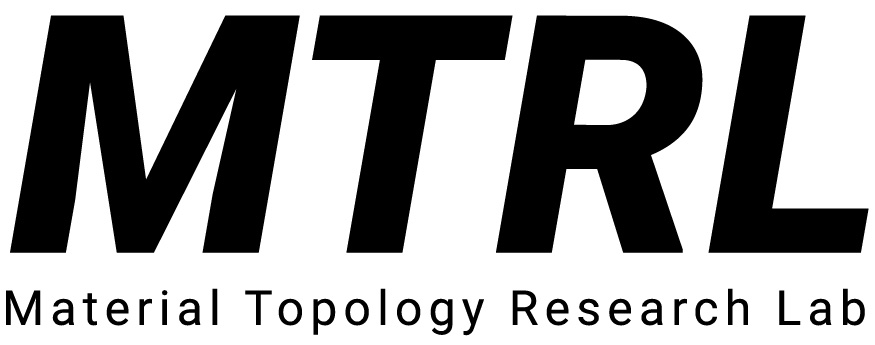
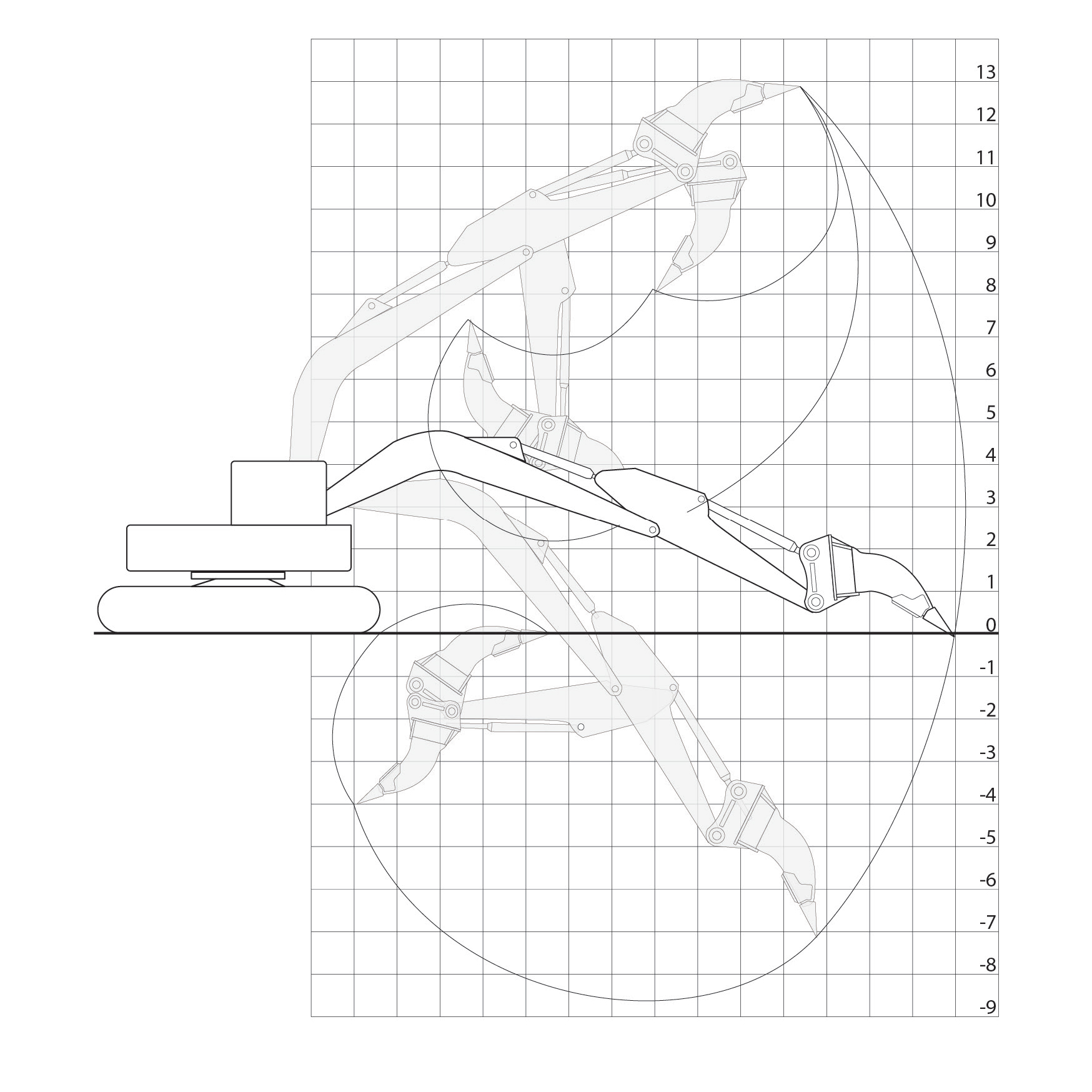
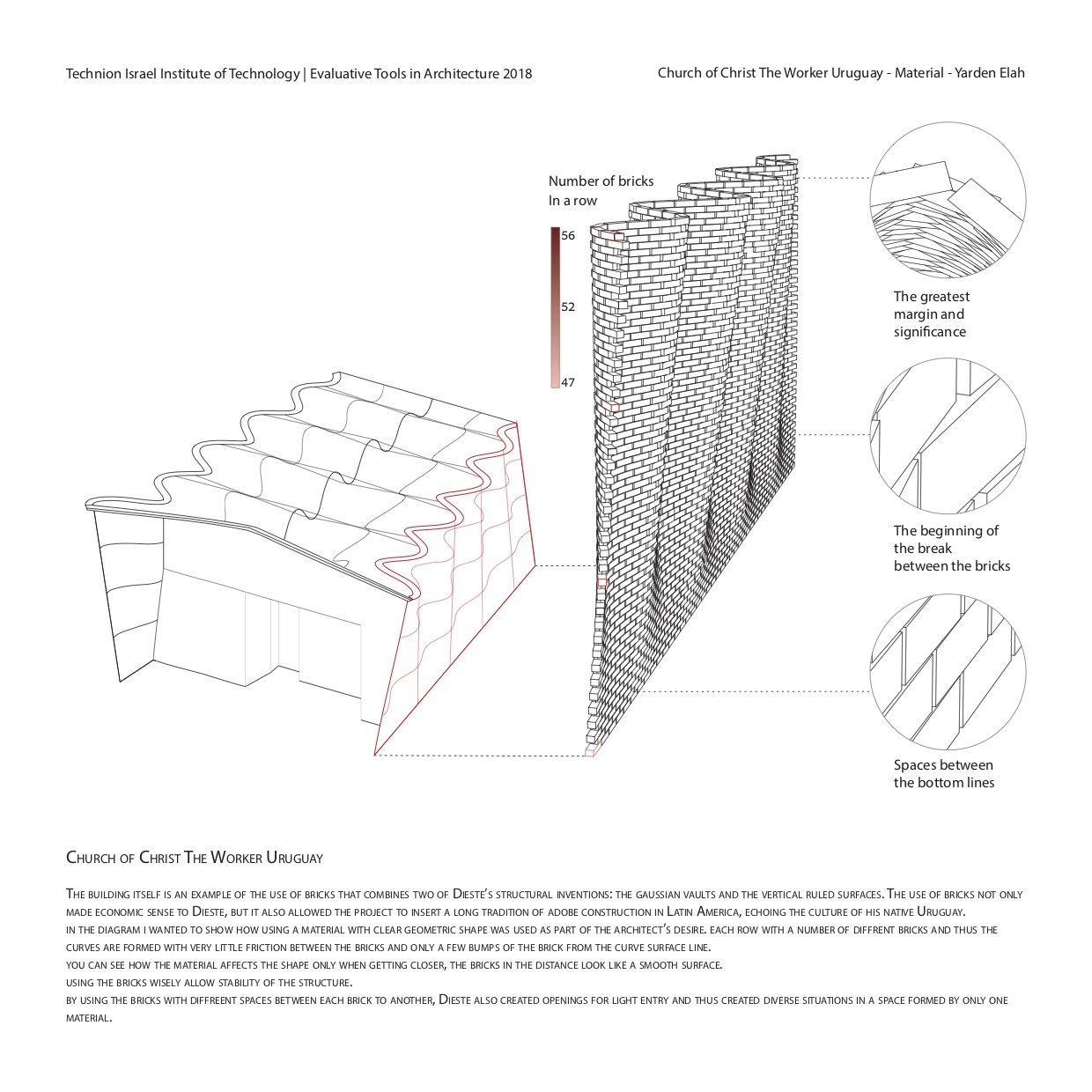
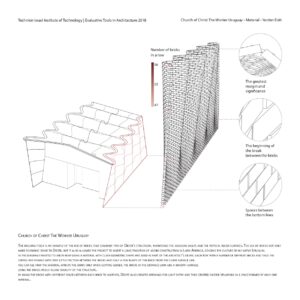 The course considers the multiple design strategies, representation methods, architectural media (including textual methods), to express the quality of an architectural proposal. The course considers three fundamental aspects that stand at the core the architectural research, namely the notions of form, forces, and material. Based on these three notions, each weekly session will be dedicated to the presentation of a series of seminal architectural projects that exemplify a particular strategy, representation, and media in order to evaluate the physical, material, virtual, and environmental qualities of an architectural project.
The course considers the multiple design strategies, representation methods, architectural media (including textual methods), to express the quality of an architectural proposal. The course considers three fundamental aspects that stand at the core the architectural research, namely the notions of form, forces, and material. Based on these three notions, each weekly session will be dedicated to the presentation of a series of seminal architectural projects that exemplify a particular strategy, representation, and media in order to evaluate the physical, material, virtual, and environmental qualities of an architectural project.